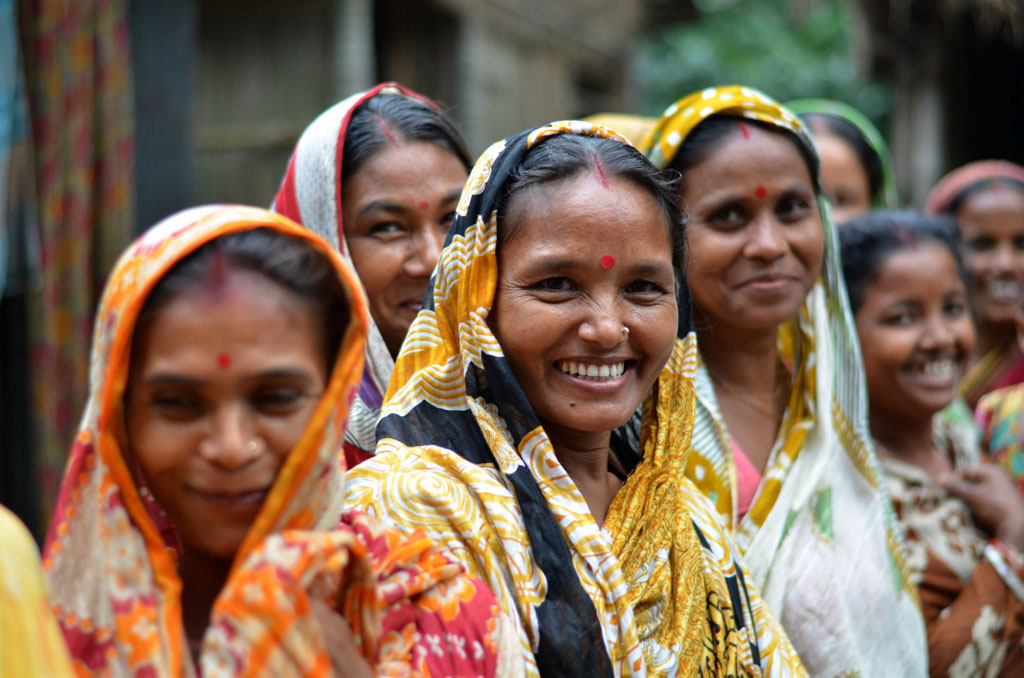Social watchdogs and development activists in Rajshahi unequivocally called for safeguarding the marginal and other rootless populations for achieving the Sustainable Development Goals.
They mentioned that the present government had been working relentlessly to attain the Sustainable Development Goals. Emphasis should be given on proper and adequate rehabilitation of the vulnerable population, they said. All government and non-government entities concerned should come forward and work together to this end.
Professor Bokhtiar Ahmed, chairman of the Department of Anthropology at Rajshahi University, said that the government had implemented many infrastructure development projects for the development of the country. He said that many people had become homeless because of the development projects. In view of the extremely high price of land and exorbitantly high rents in formal and habitable private housing, more than 5,000 people had taken shelter in low quality, scantily serviced, privately owned slums or by organising their own illegal habitats known as unlawful tenant settlements in Rajshahi.
Referring to a survey conducted by his department, Professor Bokhtiar said that various unwanted issues like creation of social disparity and confusion alongside damaging the normal diversity had surfaced in society. Land law expert Advocate Kudrat-E-Khoda mentioned that housing was the most critical problem for the poor in the country’s urban areas, including Rajshahi.
Collective efforts had become an urgent need to address the problem, he said.
Foyzullah Chowdhury, director of Barendra Unnayan Prochesta, opined that some relevant issues like enforcement fields of public safeguard policy, land use and its class change, compensation, eviction and rehabilitation, human rights and public security and employment generation and livelihood needed to be brought under consideration. Two development and rights-based organisations, Paribartan and ActionAid, organised a views-sharing meeting in Rajshahi in December month to discuss and devise ways and means to rehabilitate the affected people. The meeting also formulated an eight-point recommendation on the housing and accommodation crisis issue in Bangladesh to be proposed to the government.
Nur-Ur-Rahman, commissioner of Rajshahi division, said that 267 Ashrayan projects were implemented by constructing 1,945 barracks on 937.47 acres of land in 56 upazilas in Rajshahi division. Around 16,825 families were rehabilitated in the barracks and as many as 2,084 houses were constructed for homeless people in 67 upazilas. An additional 20,940 homeless people would be rehabilitated in phases, he said.
He said that the Ashrayan projects had not only given shelter to poor families but also created opportunities for self-employment besides providing health services, sanitation, drinking water and education for children. Rezaul Islam, divisional deputy director of the Directorate of Fisheries, informed that 4.82 metric tonnes of fish fingerlings were released in the ponds of 102 Ashrayan projects in the fiscal of 2018-19. Shafiqul Islam, divisional director of the Department of Family Planning, said that family planning, maternal and child healthcare services were provided to 37,413 people living 12,346 houses in 1,278 barracks.
This piece was originally posted on the New Age.


